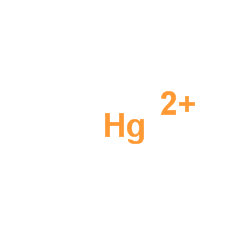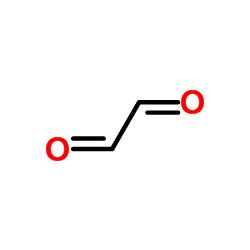| Structure | Name/CAS No. | Articles |
|---|---|---|
 |
sodiumborohydride
CAS:16940-66-2 |
|
 |
3-Aminopropyltriethoxysilane
CAS:919-30-2 |
|
 |
mercury(II) cation
CAS:7439-97-6 |
|
 |
Glyoxal
CAS:107-22-2 |